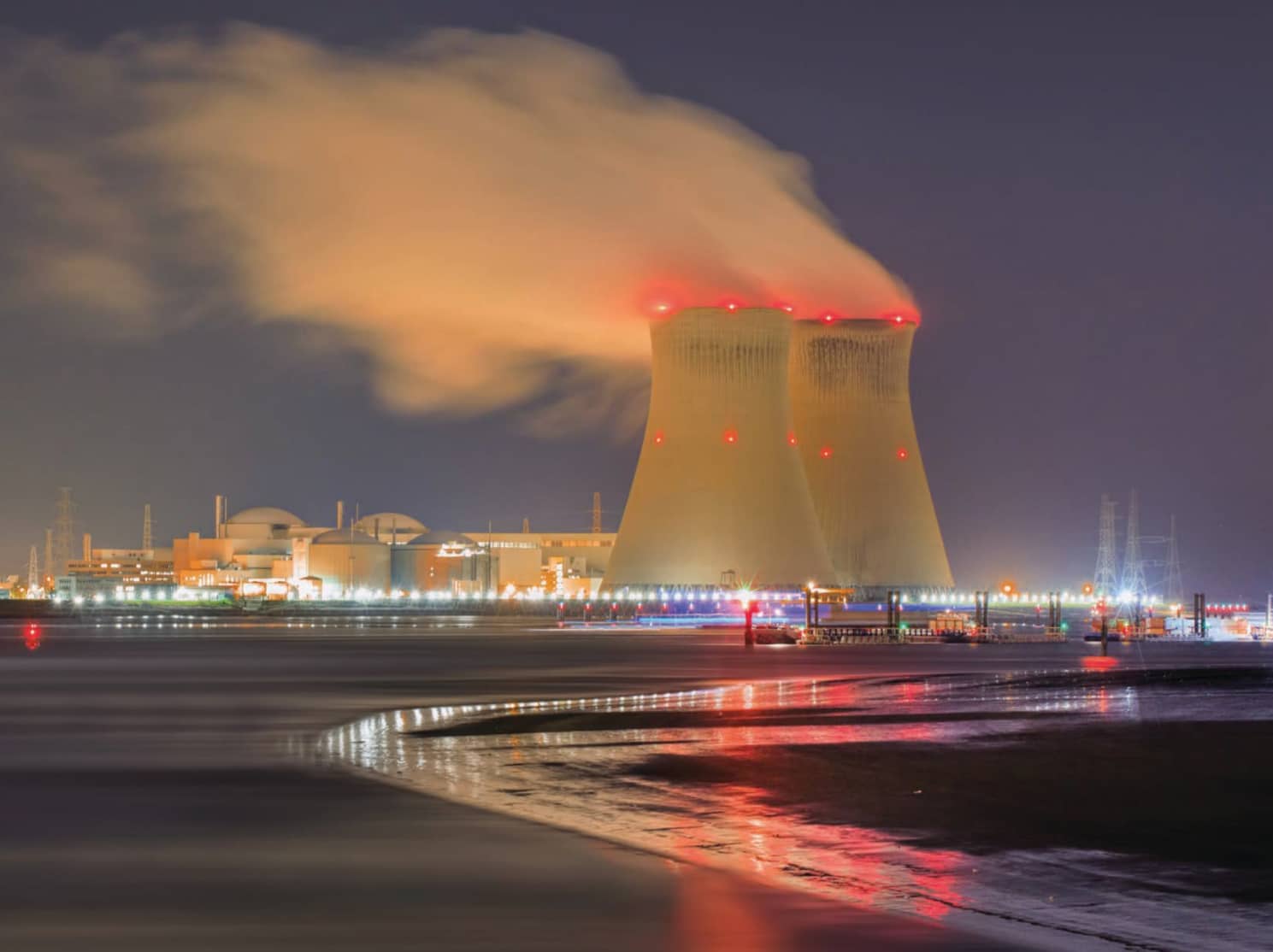Courtville Partners has added VanEck’s uranium ETF to its model portfolio as it looks to take advantage of role nuclear power’s growing role in the energy transition.
The private office added the VanEck Uranium and Nuclear Technologies UCITS ETF (NUCL) to its portfolio earlier this month, allocating a 2% weighting in its alternatives bucket.
The uranium ETF holds the same portfolio weighting as oil, infrastructure, water and carbon allowances exchange-traded products (ETPs).
The firm said nuclear power is the only "viable and carbon-free source of baseload electricity".
Nuclear has been touted for its benefits of offering a dependable source of fossil fuel-free energy, although commercial scale fusion power is not expected to be viable until at least the mid-2030s.
Nuclear also trumps renewable energy sources like solar, wind, hydroelectricity and biomass as they often depend on variable factors like weather.
They can also face challenges in scaling due to their lower energy intensity or production efficiency.
Courtville added uranium still costs only 25% of its 2012 pre-Fukushima peak, suggesting significant potential for further growth.
NUCL has returned 60.3% over the past year and has gained 18.2% year to date, surpassing oil ETPs in performance – notably the WisdomTree Brent Crude Oil ETC – despite rising oil prices being fueled by escalating geopolitical tensions.
In Europe, there are currently four uranium-focused ETFs on the market, the HANetf Sprott Uranium Miners UCITS ETF (URNP), the VanEck Uranium and Nuclear Technologies UCITS ETF (NUCL), Global X Uranium UCITS ETF (URNG) and the HANetf Sprott Junior Uranium Miners UCITS ETF (URJP), the latter of which came to market in February.
Despite nuclear power's appeal as a hydrocarbon-free energy source, skepticism remains about uranium's role in the energy transition, largely due to high-profile disasters over the past 50 years.
However, the practical benefits of uranium as a viable non-fossil fuel energy source may gradually overshadow its negative connotations in the public eye.



